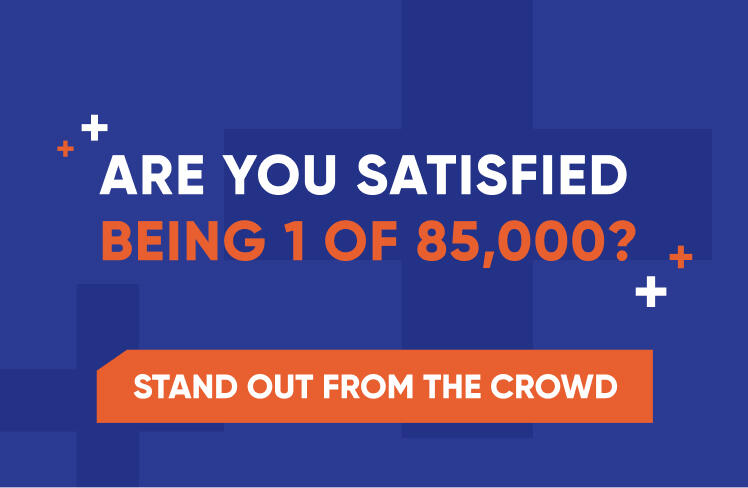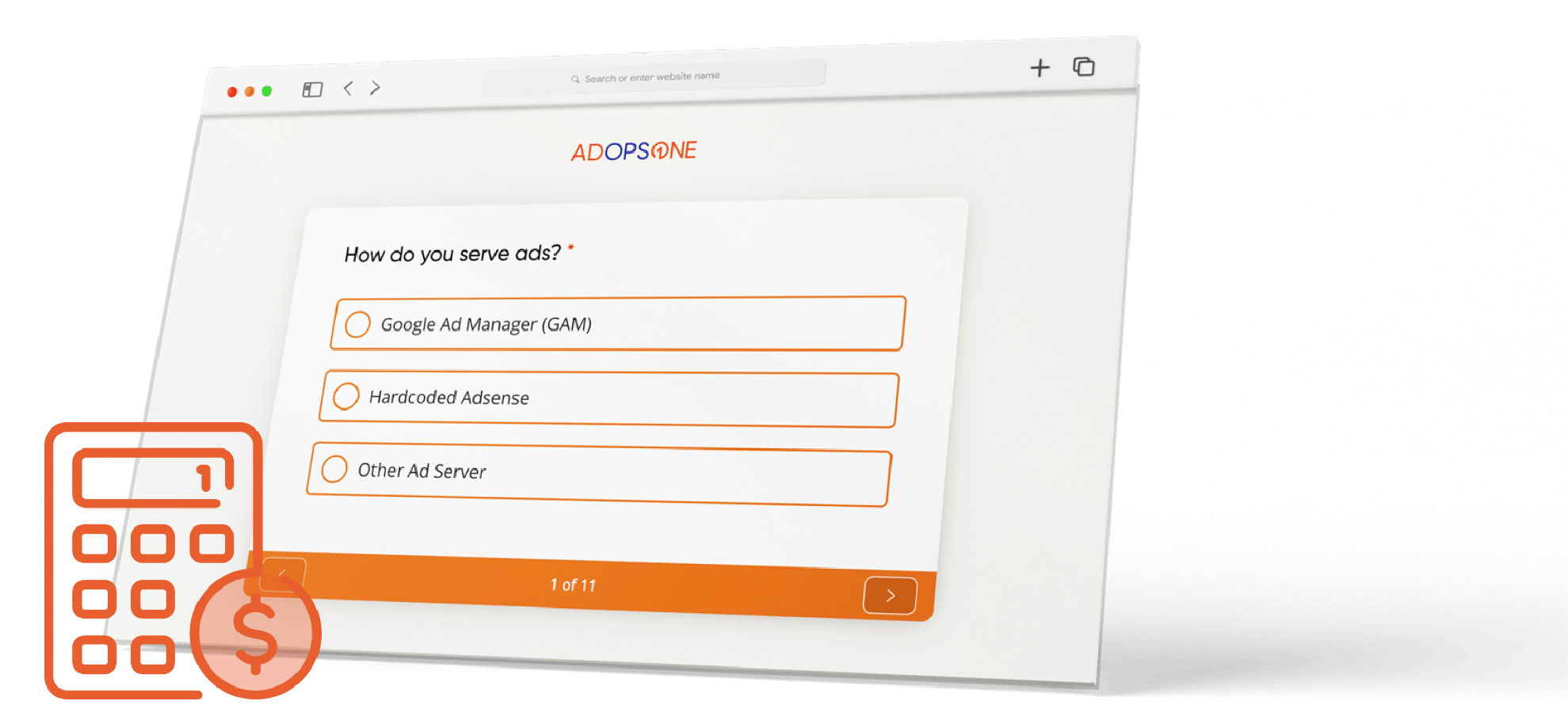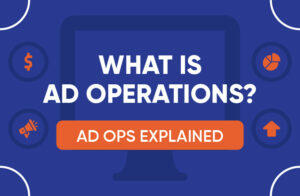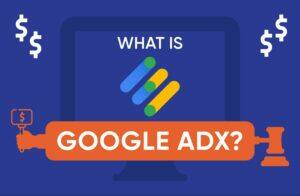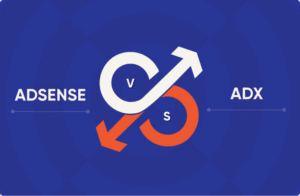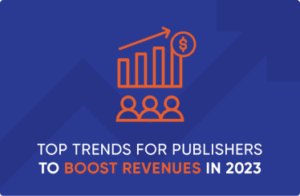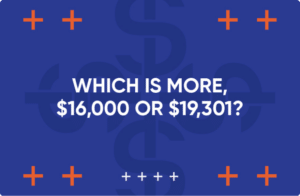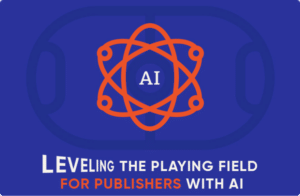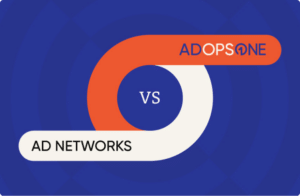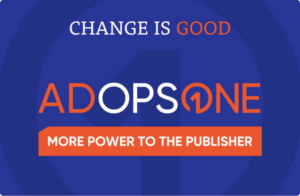For publishers, effective ad monetization is becoming an increasingly challenging puzzle. With upticks in ad-blocking software, booming ad spending from competitors and the looming end of third-party cookies, publishers are forced to be more nimble, tactical and effective than ever to hit their revenue goals.
While strategies for maximizing revenue vary from publisher to publisher, many rely on Google Ad Manager (GAM), an all-in-one battle station, to help solve ad monetization challenges. From performance tracking to audience targeting to inventory management, GAM has become a major player in the ad ops space since its rollout in 2018.
With GAM’s rise in popularity over the last five years, publishers who operate on the platform are often left with a key question — how should I manage my GAM? They are often left to choose between in-house management, outsourcing to a third party or adopting an approach that combines the two.
While keeping GAM management in-house comes with a number of advantages, publishers can be hesitant due to a few misconceptions. In-house management is sometimes considered too complex, too costly or too time-consuming.
These misconceptions, however, are solved by a simple approach: combining human expertise with AI and machine learning to create a hybrid model for effective ad ops. Companies like AdOpsOne make managing your own GAM simple, affordable and fast with hybrid models that offer straightforward data consolidation, publisher-first pricing and AI-driven automation of the day-to-day tasks that eat up hours of manpower.
By adopting a human-AI ad ops hybrid, publishers can realize these five benefits of managing their own GAM:
- Increased control
- Better transparency
- Improved cost savings
- Maximized ROI
- Enhanced ownership of your relationships
Read on to see how each benefit can help you reach your ad ops goals.
1. INCREASED CONTROL
Many ad ops decisions are made with one goal in mind — maximum revenue. The first step to maximum revenue is taking full control over your ad ops. Publishers who employ a third-party manager on their GAM risk becoming just another faceless account, as some third-party agencies manage as many as 85,000 accounts through one GAM. By outsourcing your GAM management, you risk getting lost in the crowd and being neglected at crucial moments when you need fast and focused attention.
For many publishers, however, the infrastructure for in-house GAM management simply isn’t in place. Many teams don’t have the convenience of a professional ad ops team on staff, and others don’t want to go through the hassle and expense of hiring and training one. In these cases, publishers can turn to companies like AdOpsOne that provide their ad ops expertise as a turnkey solution. With this approach, publishers bring in skilled ad ops professionals to act as their personal in-house team. These affordable plug-and-play services allow publishers to stay on the cutting edge of ad ops and hit peak revenue without spending thousands of dollars.
Adopting this turnkey model lets you keep your GAM management in-house and retain the ability to make time-sensitive changes based on your changing market or goals. Having a direct line of communication with your in-house manager allows you to move quickly and efficiently when you have to make pressing day-to-day decisions like setting up custom targeting rules, optimizing ad delivery and monetizing inventory.
Managing your own GAM also gives you the control you need to reduce the risk of time-related errors. With outsourced GAM management, troubleshooting through a middleman can be ineffective and time-consuming, causing publishers to lose chunks of revenue.
2. BETTER TRANSPARENCY
Transparency can also be an issue for publishers who outsource their GAM management as third-party managers make opaque changes hidden in black boxes. Third-party managers work on their own GAM — not yours — meaning publishers have no access to data or cash-flow metrics. Sure, you’ll receive a check each month. But understanding the “why” behind that revenue is a challenge. The cloudy nature of outsourcing GAM management means publishers are left to accept whatever the results may be without a clear understanding of why the results are what they are.
Keeping GAM management in-house creates a crystal clear look into what’s working and what isn’t. In the short term, this means a better understanding behind current revenue drivers. In the long term, it means publishers can make decisions that produce better ROI based on data they can easily see.
By eliminating the guesswork behind what’s working and what isn’t, publishers can build on proven paths to revenue success and experience compounding monetization results over time. In short — you know what you’re earning and why you’re earning it.
3. IMPROVED COST SAVINGS
Outsourcing GAM management can sap revenue growth potential from publishers due to suffocating cost structures. Many third-party agencies only offer revenue-sharing pricing agreements, often demanding 20% or more of a publisher’s revenue as a management fee. The more you make, the more you pay.
By choosing to manage GAM in-house, publishers can experience the benefits of increased revenue without chopping off significant portions of their profits as they grow. Publishers can use flat-rate pricing to find cost-effective ways to boost monetization. Here, the more you make, the more you keep. Choosing to keep GAM management in-house helps publishers save money as they get immediate access to day-to-day data that further helps them identify and eliminate low-performing ads. Publishers who stay in-house also retain full control over their advertising budgets, helping eliminate the overspending that may come with trusting budgets to third-party agencies.
4. MAXIMIZED ROI
For many publishers, effective ad ops is a catch-22. Experiencing the significant revenue gains powerful ad ops can provide requires an expert team. But to afford hiring and training an expert team, publishers often need more revenue – which can come from effective ad ops.
Per ZipRecruiter, the average ad ops salary in the U.S. is $63,447/year. Even for a small two-person ad ops team, employers can expect to pay more than $125,000 in annual salary expenses alone – not to mention costs in benefits, training time and vacation time.
As mentioned, ad networks attempt to solve this problem for publishers by offering outsourced services often via a revenue-sharing agreement. While this model can save publishers money up-front, it places a costly long-term drag on revenue growth. Meanwhile, flat-fee models can give publishers all the benefits of ad ops growth without the drawbacks of hefty investments.
Let’s break it down.
If a third party charges 20% in revenue sharing, and you generate $20,000 in revenue, you’re paying $4,000 to acquire that revenue. Now consider flat-rate pricing based on impressions. If you deliver 10 million impressions at a $2.00 eCPM, you’ll also generate $20,000 in revenue. But with flat-rate pricing, the cost of managing 10 to 25 million monthly impressions can be as low as $799. The difference? In this example, you keep an extra $3,201 per month.
But using the human-AI hybrid model doesn’t just increase your ROI by decreasing costs. It also increases ROI by keeping you in control over key factors that impact your revenues – things like faster page load speeds and better technology.
For instance, managing your GAM in-house allows you to optimize ad requests made on your site, so you can reduce unnecessary or redundant requests. You also keep control over the placement, size and format of your ads. These factors result in faster page load speeds, creating a better user experience. With 82% of consumers saying slow page speeds impact their purchasing decisions, these variables have significant revenue impact.
Thanks to increased control and state-of-the-art technology, publishers have reported seeing results like a 125% increase in revenue, a 608% boost in eCPMs and a 125% lift in fill rates.
5. ENHANCED OWNERSHIP OF YOUR RELATIONSHIPS
When connecting with demand partners through an ad network, publishers are powerless to dictate their own terms. Ad networks call the shots, leaving publishers to accept the terms ad networks negotiate with their own SSPs, exchanges and bidders. Even though it’s your traffic, it’s not necessarily monetized in your best interest.
By managing your GAM internally, publishers can establish direct relationships with demand partners. It’s a win-win situation. Demand partners actually prefer to work directly with publishers, and publishers who work directly with partners can negotiate better terms, secure higher CPMs and increase overall revenue.
Owning relationships with demand partners can also lead to better campaign performance. With direct relationships, publishers and advertisers can work hand-in-hand to customize things like ad design, placement and audience targeting. This can lead to stronger CTRs and conversions, creating a foundation for long-term partnerships, stabilizing a flow of consistent revenue and eliminating reliance on one-off ad campaigns.
CONCLUSION
GAM can be a complex platform. But outsourced agencies that understand the finer points of GAM are unlikely to understand the finer points of your specific monetization needs, audience and goals.
Combined with the benefits of increased control, better transparency and improved cost savings, managing your GAM in-house can lead to maximum ROI while increasing ownership of your relationships.
And with the availability and success of AI options that automate the day-to-day ad ops heavy lifting, the opportunity to keep GAM management in-house at a favorable pricing for publishers has never been more available or easier to integrate.
For details on how AdOpsOne can help you realize the benefits of managing your own GAM for as little as $499/month, contact us today.
